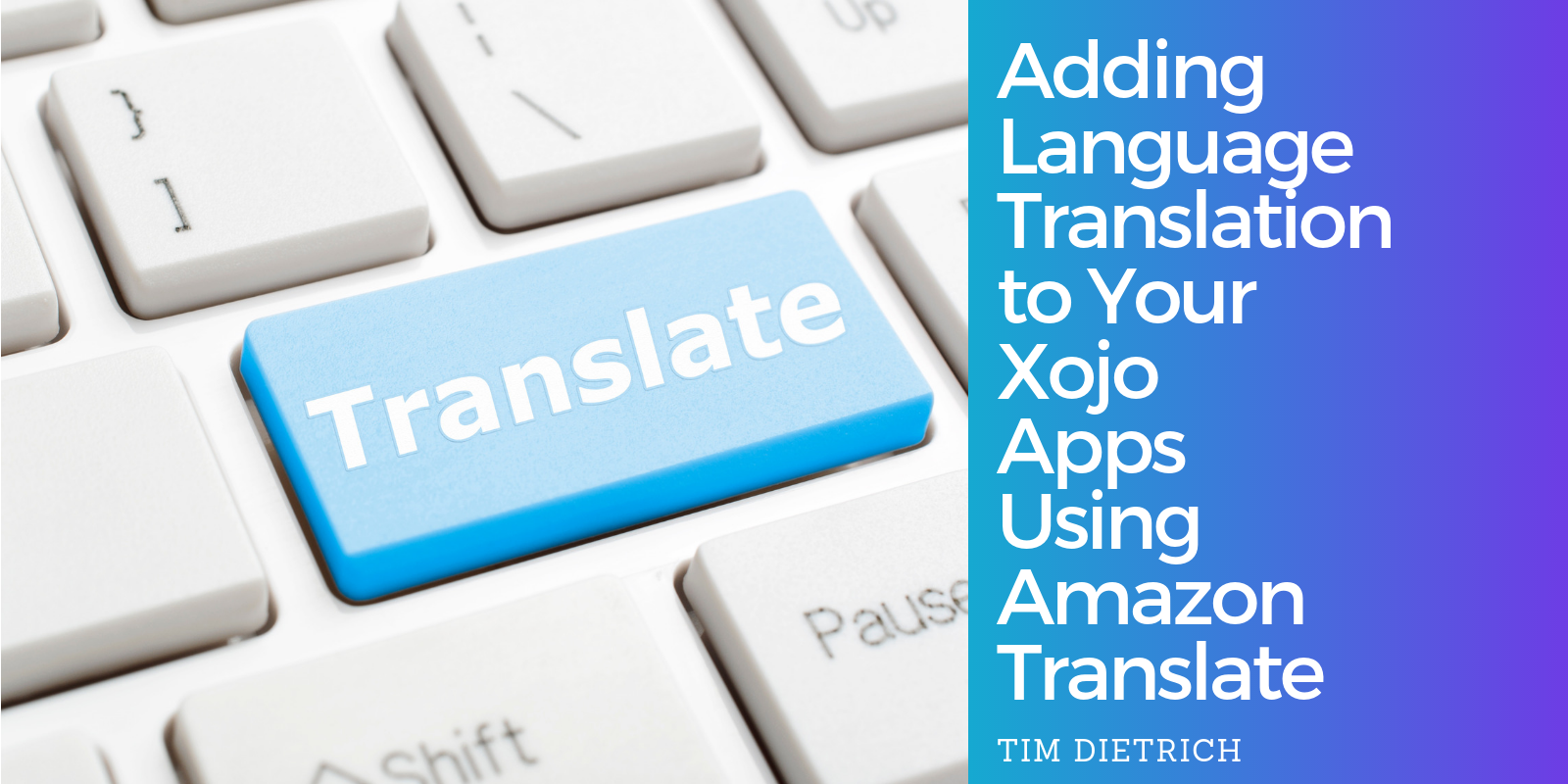As part of Xojo’s 2025 Year of Code initiative, February’s theme is databases—a perfect fit for my recent work on the Open Source CubeSQLPlugin. This…
Comments closedTag: Plugins
Today we are pleased to announce the winners of the 2020 Xojo Design Awards. Judging is never an easy job, but this year the submissions were such a diverse range of apps we found it both exciting and difficult! The Design Awards honor excellence in software design. These awards are a great opportunity to learn about some of the best apps made with Xojo. Support Xojo and the Xojo community by sharing and congratulating these winners!
Comments closedLearn to create a solar system in Xojo with the help of the MBS Xojo Plugin component SceneKit. SceneKit is an Apple framework that supplies functions for graphic and animation designs.
Comments closedMonkeybread Software started with the DynaPDF plugin for Xojo about twelve years ago. As DynaPDF is a C++ library, the wrapping plugin mimics the original C API and offers it for Xojo. Over the years a lot more convenient methods have been added to make the plugin more Xojo-like. For example, newer methods can process pictures directly, take colors as Xojo color values and allow drawing of styled text directly.
Since the early days there has been the feature request to use the graphics class in Xojo to draw to a PDF document. We recently came back to this old feature request and decided to try a new way to implement it and our new code seems to work just fine. With some help from Xojo engineers, we even got the alignment right.
Comments closedRecently, I was asked by a client if it would be possible to build language translation functionality into a Xojo-based middleware solution that I had developed for them. The Xojo app obtains product information (including product names, descriptions, and other marketing-related information) from suppliers via a SOAP call, and returns the data in a JSON-encoded response. They wanted to be able to translate the product information, which is provided in English, to other languages (such as French, German, etc). The client wanted something similar to Google Translate. However, they wanted the translation function to be built directly into the app and to be performed “on demand.”
I did some research and found that Amazon provides a service that does exactly what the client was asking for. The service, called Amazon Translate, is available as one of many services that are available through Amazon Web Services.
In this post, I’ll walk you through the process of getting signed up for Amazon Translate, and then share some code that you can use to add language translation to your own Xojo projects. We’ll use the MBS Xojo CURL Plugin, which makes calling the Amazon Translate API easy. But first, let’s learn a little about Amazon Translate.
Comments closedThere are low-code platforms that don’t provide ability to call directly into the operating system. Fortunately, Xojo does. Our vision for Xojo has always been to make the tool easy to learn and highly productive to develop applications, without sacrificing power when you need it.
Comments closedIn an ideal world there is a person responsible for every step in software development, from coding, UI design, distribution, documentation, marketing and support. All of this can seem really overwhelming for independent developers and small businesses. But if you break it down and take it one piece at a time, it’s manageable by even the smallest team of one. Right now, let’s look at software distribution.
For software, distribution usually means generating and validating unique serial numbers for each of your products and users. Serial numbers (or license keys) help you manage your users, unlock a free trial or demo version for full use and, of course, minimize illegal use of your apps.
Comments closedAt each XDC (Xojo Developer Conference) I lay out, however roughly, what Xojo’s short-term development roadmap looks like for the next 12 months or so. Despite how well-conceived that roadmap may be, sometimes unexpected events occur that change or delay things.
Comments closed

